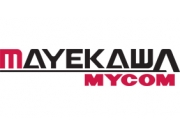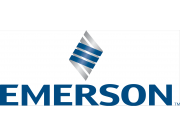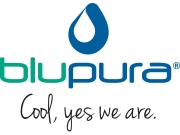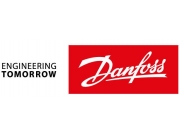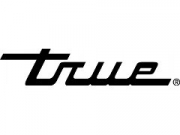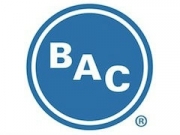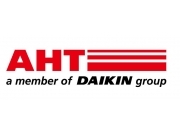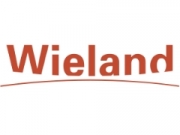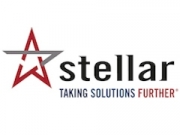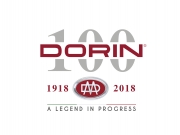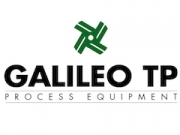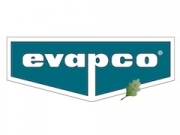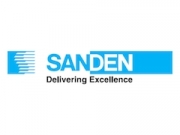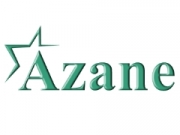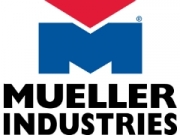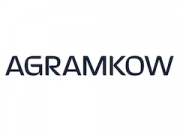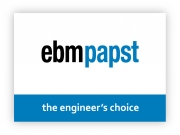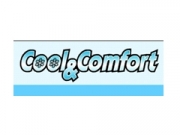Events
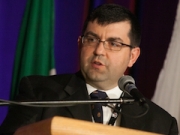 |
Antonio M. Bouza - DOE's Building Technologies Office: refrigerant R&D
PDF document
published on 26 June 2015
The DOE’s Antonio Bouza examined the program goals for HVAC, water heating, and appliance R&D such as BTO’s goals to achieve 50% energy savings in buildings and the acceleration of the development of new technologies. Bouza made clear the preliminary target to introduce them in the simplest application first, a tactic proven to have the highest probability of success. Bouza also outlined some of DOE's ARRA projects including developing next generation refrigeration lubricants for low GWP/ODP refrigeration and air conditioning, as well as energy efficient commercial refrigeration with CO2 and scroll expanders. Lastly, Bouza discussed the DOE’s project partnerships with HillPhoenix (Transcritical CO2 Advansor System) and XERGY (Advanced Hybrid Water-Heater Using Electrochemical Compression).
view presentation
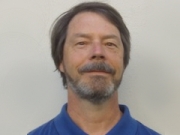 |
Glenn Gallagher - California Air Resources Board - Regulation of high-GWP refrigerants
PDF document
published on 26 June 2015
Glenn Gallagher, from the California Air Resources Board, discussed the curtailment of high-GWP refrigerants and how this will help achieve the State’s goal to reduce greenhouse gas emissions (GHGs) to 1990 levels by 2020. Following this period, reductions of 40% by 2030, and 80% by 2050, are expected. Gallagher went on to outline the dominant sources of HFCs in California, and summarised the reduction measures proposed, including banning sales of “very-high GWP refrigerants” with GWP 2500 or greater by 2020, 150 for stationary refrigeration by 2021, and GWP 750 or greater for stationary AC by 2022.
view presentation
 |
Randall Haseman - Refrigerants and UL standards
PDF document
published on 26 June 2015
Randall Haseman, from Underwriters Laboratories, examined the history of Underwriters Laboratories as well as the first meeting of the Flammable Refrigerant Joint Task Group, which culminated in the issue of the "Recommendations Report" in 2014. Haseman outlined the current HVAC regulations in North America and the many revisions and changes executed to meet certification needs in the market, including key changes to UL 484 pertaining to charge limits of flammable refrigerants.
view presentation
 |
Klara Zolcer Skacanova - Policy trends for natural refrigerants in Europe, Japan and China
PDF document
published on 26 June 2015
Deputy Manager Market Development at shecco, Klara Skacanova, gave an overview of the different regulatory and market drivers for natural refrigerants across Europe, Japan and China. Skacanova outlined how Europe’s aggressive regulatory stance covering various applications has helped delist high-GWP refrigerants, a move that is anticipated to drive down the average GWP of refrigerants from 2000 in 2015 to 400 by 2030. Meanwhile, in Japan and China f-gas restrictions, incentives for natural refrigerants through government support and consumer awareness are helping shape a cleaner HVAC&R market.
view presentation
TECHNOMERCIALS II |
Parallel Break-Out Sessions - Part 1 |
Food Service Panel |
 |
Roy Buchert - The McDonalds you dont know
PDF document
published on 26 June 2015
McDonald’s Global Energy Director, Roy Buchert examined the market opportunities for natural refrigerants, highlighting that using natural refrigerants is not only the right thing to do for the environment, but also makes long term business sense. McDonald’s transition plan began in 2010 in small refrigeration units using R290, and is now pilot testing medium refrigeration systems before transitioning to natural refrigerant technology in larger HVAC&R applications.
view presentation
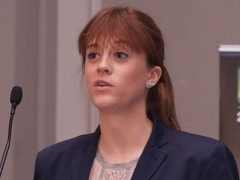 |
Paige Dunn - Hydrocarbon coolers: efficiencies for retail spaces
PDF document
published on 26 June 2015
Redbull's Paige Dunn outlined the company’s commitment to phasing out HFCs and its accomplishments in doing so, highlighting the increased efficiencies achieved using its R600a ECO Coolers.
view presentation
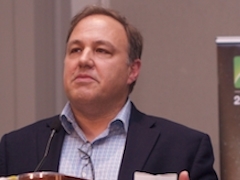 |
Paul Camera - Starbucks & natural refrigerants: implementing R290 into retail stores
PDF document
published on 26 June 2015
Paul Camera of Starbucks discussed the testing and implementation of natural refrigerants into Starbucks retail stores, starting with the company’s approach and dedication to sustainability as a cause of its reliance on agricultural products. Camera noted that energy conservation is always a focus for Starbucks and reduces environmental impact while also making good business sense. He analysed various next steps for the business as well as the industry in order to continue to support efforts that represent innovative solutions to the market.
view presentation



